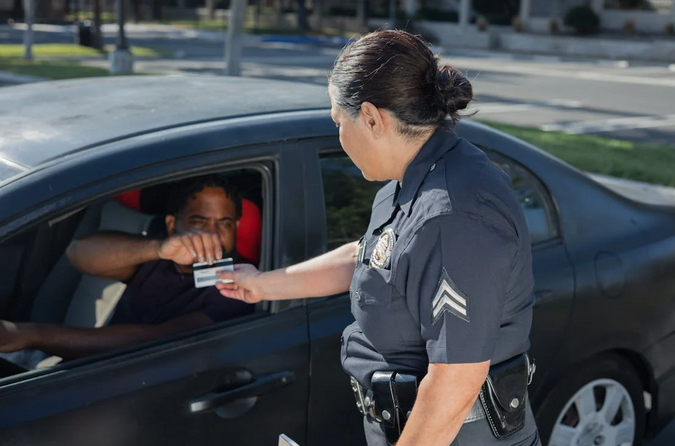Embarking on an international adventure is thrilling, but navigating a foreign country’s roads can be daunting—especially when it comes to understanding driving permits. With so much misinformation swirling around online, it’s easy to feel overwhelmed by myths that could derail your journey before it even begins. Are you really required to get an International Driving Permit? Will your regular license be cut in Paris or Tokyo? In this blog post, we’ll sift through the noise and separate fact from fiction, equipping you with the knowledge you need to drive confidently wherever your travels take you. Buckle up as we debunk common misconceptions and reveal the essential truths every globe-trotting driver should know.
Myth 1: Your Domestic License Is Always Enough
While a domestic driving license is sufficient for driving in your home country, it is not always enough for driving abroad. Many countries require a Permis de conduire international in addition to your domestic license. The IDP is a translation of your driving credentials, making it easier for foreign authorities to verify your qualifications. It’s essential to check the specific requirements of your destination country before you travel.
Myth 2: An International Driving Permit (IDP) Is a Standalone Document

The IDP is not a standalone document; it must be carried alongside your valid domestic driving license. The IDP functions as a translation tool and does not replace your original license. Authorities will require both documents to verify your ability to drive legally. Ensure you obtain your IDP before traveling, as it cannot be issued upon arrival in most countries.
Myth 3: You Only Need an IDP for Countries With Different Languages
Even if the country you’re visiting shares the same language as your domestic license, you may still need an IDP. The requirement for an IDP is based on international agreements and local regulations rather than language. Countries that are part of the 1949 Geneva Convention on Road Traffic generally require an IDP, regardless of language.
Myth 4: You Can Get an IDP on Arrival
In most cases, you cannot obtain an IDP upon arrival in a foreign country. The IDP must be acquired from your home country before you travel. The process typically involves applying through your national automobile association or similar authority. Planning ahead and securing your IDP in advance is crucial to avoid legal complications during your trip.
Myth 5: Driving Without an IDP Will Result in a Fine

Driving without the required documents, including an IDP if it’s mandated, can result in more severe consequences than just a fine. You might face difficulties with rental car companies, potential legal issues, or even being denied entry into certain countries. Ensuring you have all the necessary documentation will help you avoid these complications and provide a smoother travel experience.
Myth 6: You Don’t Need to Know Local Driving Laws
Understanding local driving laws is as important as having the proper permits. Different countries have varying regulations regarding speed limits, road signs, and driving customs. Familiarizing yourself with these laws helps prevent accidents and legal issues. Always research and adhere to the driving regulations of your destination country.
Navigating the world of driving permits can be complex, but debunking these common myths helps clarify what is truly necessary for a safe and legal driving experience abroad. Remember, an International Driving Permit (IDP) complements, not replaces, your domestic license and must be obtained before departure. Additionally, knowing and adhering to local driving laws is crucial for a hassle-free journey. By addressing these myths and understanding the realities of driving permits, you can confidently embark on your international adventures with peace of mind.
